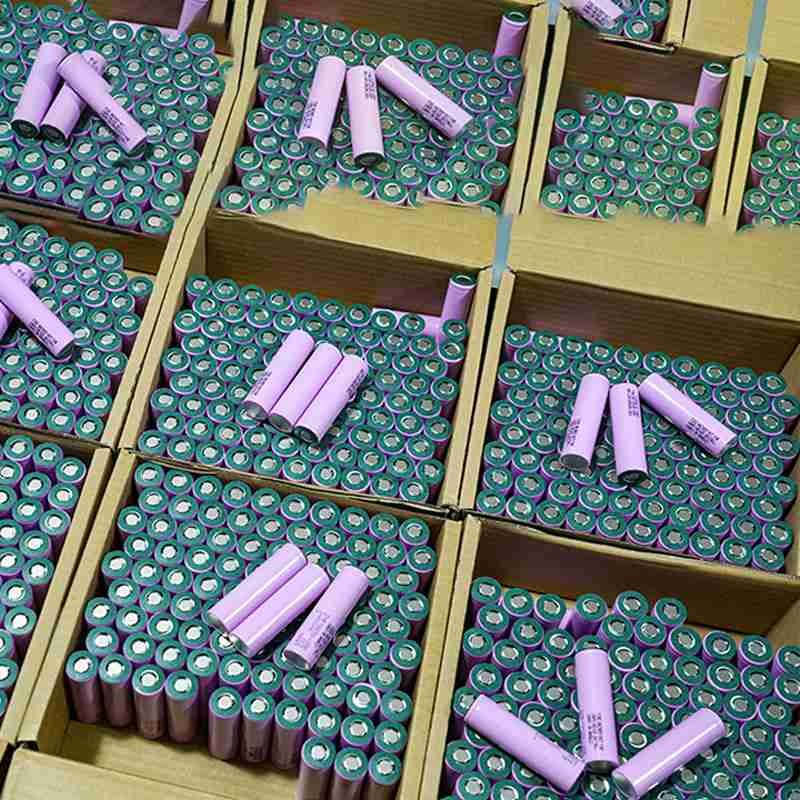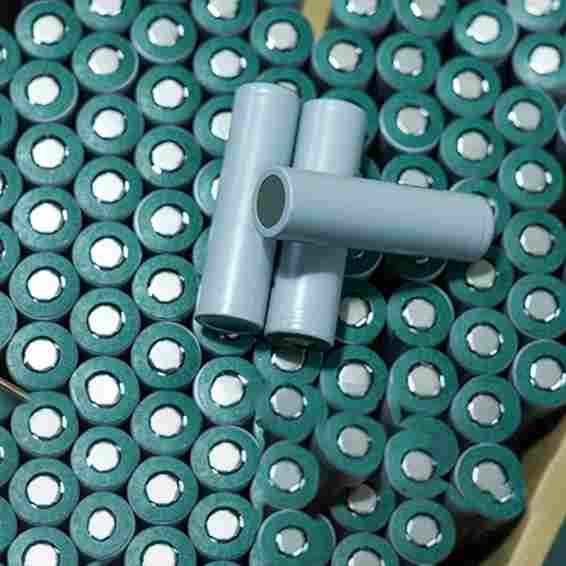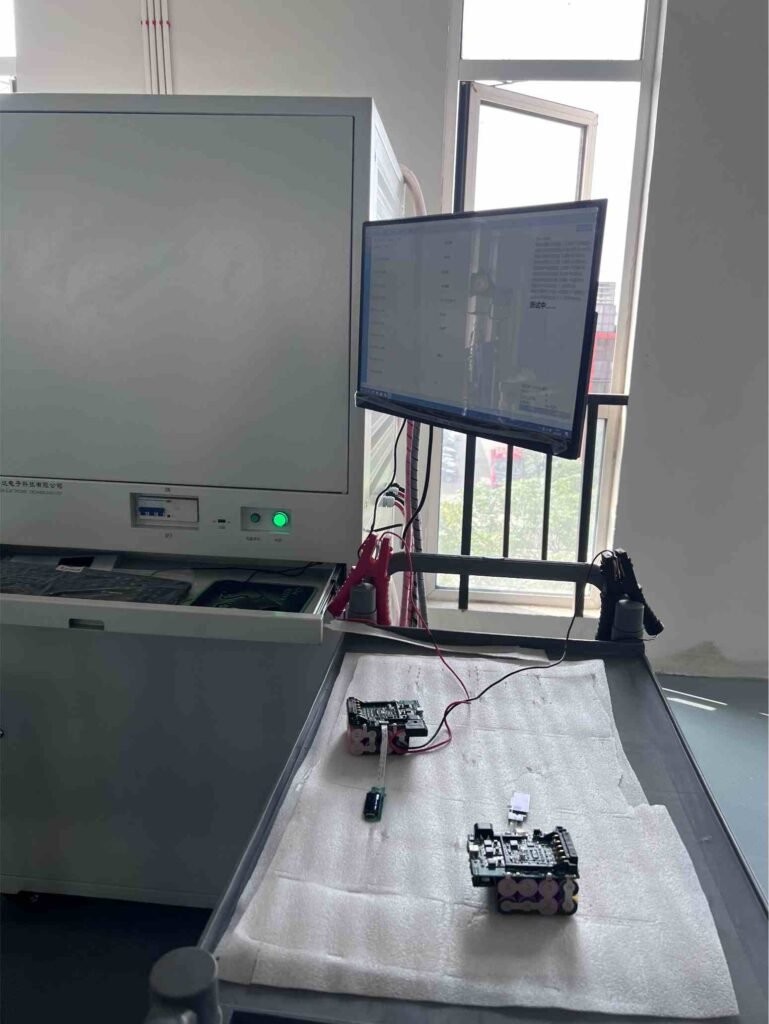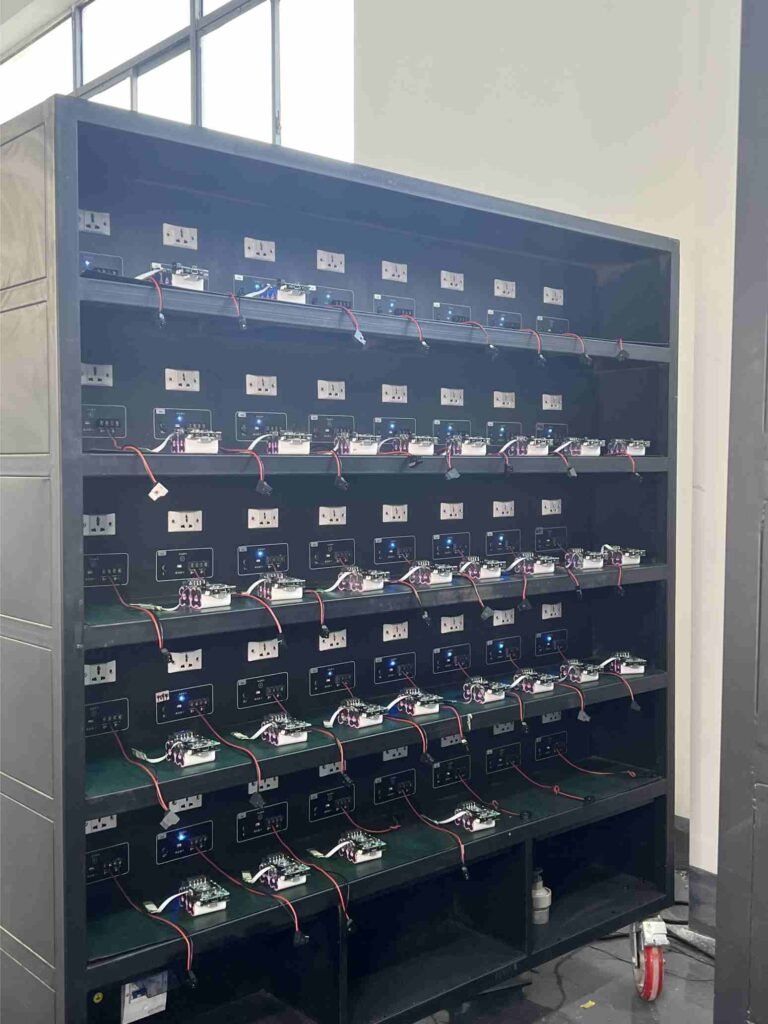What is Lithium Battery Testing?
Lithium batteries are a type of battery that uses lithium metal or lithium alloy as the positive/negative electrode material and a non-aqueous electrolyte solution. Due to the highly reactive nature of lithium metal, the processing, storage, and use of lithium metal have very stringent environmental requirements. Lithium battery testing technology plays a crucial role in the development of modern technology. It is a key technology used to assess the state and performance of lithium batteries, effectively enhancing their safety, reliability, and lifespan.

Why Perform Lithium-ion Battery Testing ?
Lithium-ion batteries, being high-performance, environmentally friendly, and lightweight power sources, are widely utilized in various fields. However, due to the unique characteristics of lithium-ion batteries, such as capacity degradation, increased internal resistance, and issues like overheating, significant safety hazards can arise during their usage. Therefore, lithium-ion battery testing technology becomes a crucial element in ensuring user safety and enhancing battery performance. Regular testing of lithium-ion batteries in electronic devices allows for the timely identification and elimination of safety risks, providing consumers in the market with improved battery maintenance and testing services.”
What is Lithium Battery Testing?
Lithium batteries are a type of battery that uses lithium metal or lithium alloy as the positive/negative electrode material and a non-aqueous electrolyte solution. Due to the highly reactive nature of lithium metal, the processing, storage, and use of lithium metal have very stringent environmental requirements. Lithium battery testing technology plays a crucial role in the development of modern technology. It is a key technology used to assess the state and performance of lithium batteries, effectively enhancing their safety, reliability, and lifespan.

Lithium-ion Battery Testing: What Can Be Tested?
(1) Cycle Life: The number of cycles a lithium-ion battery can undergo reflects how many times it can be repeatedly charged and discharged. Depending on the different usage environments, lithium-ion batteries can be tested for cycle life under low, ambient, and high temperatures.
(2) C-Rate (Rate Capability): Currently, lithium-ion batteries are not only used in 3C (computer, communication, and consumer electronics) applications but also in power batteries. Electric vehicles, for instance, require varying currents under different conditions. As the pace of life quickens and the demand for faster lithium-ion battery charging increases, it becomes necessary to test the rate capability performance of lithium-ion batteries.
(3) Safety Testing: Safety concerns are paramount for battery users, whether it’s the explosion of smartphone batteries or fires in electric vehicles. The safety of lithium-ion batteries is a crucial aspect that must undergo thorough examination. Safety testing includes overcharging, over-discharging, short circuits, drops, heating, vibration, compression, puncture, and more.
(4) Discharge at Low and High Temperatures: The impact of temperature on the discharge performance of batteries directly reflects on discharge capacity and voltage. As temperature decreases, the internal resistance of the battery increases, the electrochemical reaction rate slows down, and polarization resistance rapidly increases. This results in a decrease in battery discharge capacity and discharge platform, affecting the power and energy output of the battery.”
Lithium-ion Battery Testing Process
(1) Open Circuit Voltage (OCV) Testing: In the production line of lithium-ion battery cells, measuring open circuit voltage is a crucial inspection to detect defective products. The voltage of the battery when not connected to a load is known as the open circuit voltage. Due to the self-discharge characteristic of batteries, the OCV gradually decreases over time. If there is an internal defect in the battery, it can result in increased self-discharge. On the production line, batteries with OCV lower than the specified value are detected and removed as defective products.
(2) Overcurrent Protection and Recovery Testing: High-current discharge testing is performed on smartphone batteries using an electronic load to test the internal current cutoff function of the protection circuit. After cutting off the discharge circuit, the battery is tested to see if it can return to normal operation.

(3) Operating Temperature Testing: When the battery experiences high charging and discharging currents, the internal temperature rises rapidly, with a difference of approximately 10°C between the surface and the internal temperature. The charging temperature ranges from 0°C to 40°C, and the discharge temperature ranges from -10°C to 55°C. This implies the need for precise thermal management to ensure the safe operation of the battery. High temperatures can lead to thermal runaway and gas venting, while low temperatures can cause short circuits.
(4) Overcharge and Overdischarge Testing: Overcharge testing involves providing the battery with a charge exceeding its rated voltage or current to simulate overcharging conditions. Overdischarge testing involves depleting the battery’s capacity beyond its rated range to simulate overdischarge conditions.
(5) AC Internal Resistance Testing: Internal resistance is a crucial indicator for evaluating the performance of lithium-ion batteries. It plays a significant role in assessing battery quality in battery design, production processes, shipment control, battery usage, and end-of-life considerations. While ideally, the internal resistance of a battery should be zero, in reality, there are various reasons for its existence. As the battery degrades, the internal resistance increases. On the cell production line, defective products are detected by comparing the internal resistance of qualified products with those to be tested. There are two methods for measuring internal resistance: alternating current method (AC-IR) and direct current method (DC-IR).”

Battery testing plays a crucial role in ensuring the quality and safety of lithium-ion batteries, extending their lifespan, and advancing the development of applications involving lithium-ion batteries.


